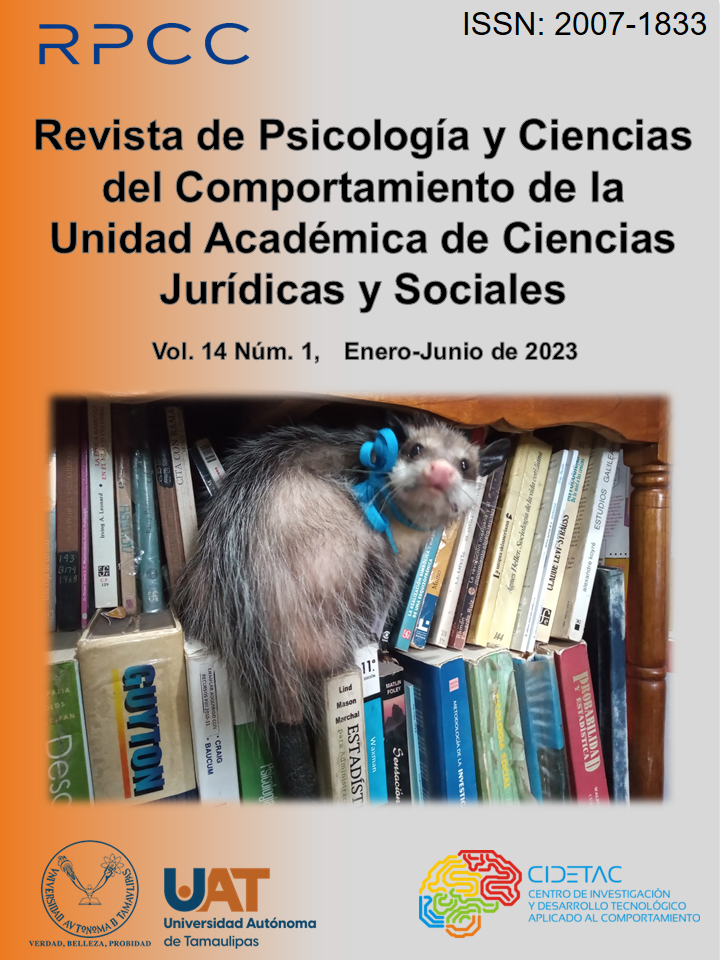Mental illness in the prison system: a perspective from the prison technical committee of Tamaulipas, Mexico
DOI:
https://doi.org/10.29059/rpcc.20230615-155Keywords:
mental health, vulnerable groups, public security, prisons, mental disordersAbstract
The prevalence of mental disorders in prisons is a growing phenomenon involving various social actors, the health of persons deprived of liberty and the functioning of penitentiary institutions. The objective of this study is to describe the challenges and strategies implemented by the members of the Technical Committees (TC) to attend, evaluate and monitor the prison treatment of persons deprived of liberty with mental disorders in the CEDES of the state of Tamaulipas. Through semi-structured interviews applied to the personnel of the Technical Committees of state penitentiaries, it was found that one of the main obstacles to the care of this social group is the lack of psychiatrists, as well as specialized personnel for their care; therefore, the staff develops various strategies to meet the requirements of this social group in occupational therapy, primary care and pharmacotherapy.
Downloads
Published
Issue
Section
License

This work is licensed under a Creative Commons Attribution-NonCommercial-ShareAlike 4.0 International License.
Those authors who have publications with the Journal of Psychology and Behavioral Sciences of the Academic Unit of Legal and Social Sciences, accept the following terms:
a. The authors will retain their copyright and guarantee the journal the right to first publish their work, which will be simultaneously subject to the Creative Commons Attribution-NonCommercial-Share Alike 4.0 International License. which allows third parties to share the work as long as its author and his first publication are indicated this journal.
b. Authors may adopt other non-exclusive license agreements for the distribution of the version of the published work (e.g., deposit it in an institutional telematic archive or publish it in a monographic volume) provided that the initial publication in this journal is indicated.
C. Authors are allowed and recommended to disseminate their work through personal communication (e.g. colleagues) before and during the submission process, for purposes of feedback or enrichment of the work, which can produce interesting exchanges








